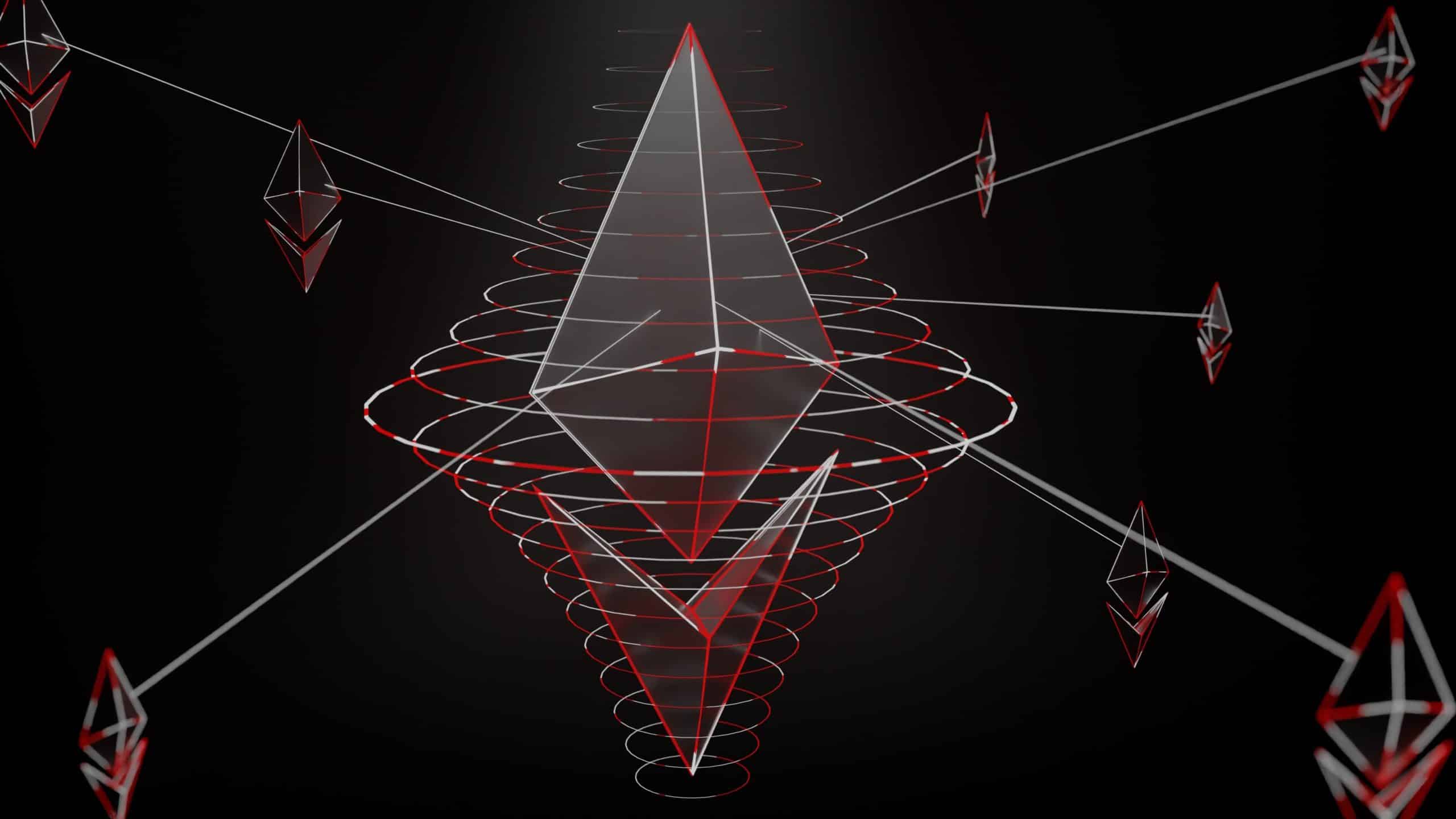51% of Ethereum Blocks Are OFAC Censored

Ethereum observed a big surge in the volume of OFAC-compliant blocks added to the chain on Oct. 15, with around 51% of them censoring transactions in accordance with OFAC laws.
Files from mevwatch.data showed that extra than half the blocks delivered by MEV-relays throughout this time, which attain now no longer embody transactions from the Tornado Cash mixer.
Earlier this twelve months, the U.S. Treasury Department’s Office of Foreign Resources Regulate (OFAC) issued sanctions in opposition to Tornado Cash for its alleged expend in assisting hackers launder over $7 billion price of cash laundering crypto.
“We reached every other unhappy milestone in censorship: 51% This kind if the censoring validators would now live attesting to non-censoring blocks they would in a roundabout blueprint invent the canonical, 100% censoring chain,” tweeted Martin Köppelmann, head of Ethereum-primarily based DeFi platform Gnosis.
Most Extractable Fee (MEV) is the reward paid out to validators for reordering transactions internal a block. An MEV-relay combats the harmful results of MEV extraction by allowing validators to maximise their fee profit by constructing blocks that neighborhood extra profitable transactions.
The hottest MEV-relay is the Flashbots-created MEV-Boost, which has banned transactions on the sanctioned blocks. On the time of writing, around 80.83% of MEV-Boost blocks had been relayed by Flashbots. This implies that Flashbots’ MEV-Boost is giving validators adequate profit to slay them reluctant to make expend of different MEV relay products and companies whatever the censorship issues.
Earlier this twelve months, Ethereum creator Vitalik Buterin himself opined that he would take into fable protocol level censorship an assault on Ethereum and opt to burn his staked tokens rather than tolerate the censorship.
Source credit : unchainedcrypto.com

